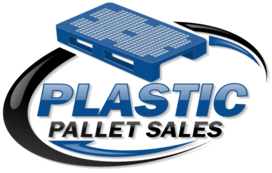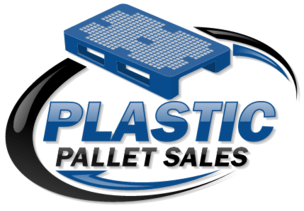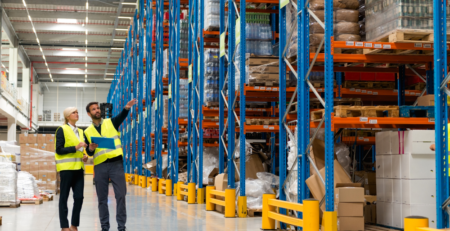A Guide to Plastic Pallet Selection for the Dairy Industry
Plastic pallets have become increasingly popular in the dairy industry due to their durability, hygiene, and ease of cleaning. However, with the numerous options available, it can be challenging to select the right pallet for your specific dairy needs. This guide highlights the factors to consider when selecting plastic pallets for the dairy industry.
1. Material
One of the essential factors to consider when selecting plastic pallets is the material used in making them. The most common materials include polyethylene, polypropylene, and honeycomb plastics. Polyethylene is commonly used in the dairy industry due to its chemical resistance, durability, and excellent hygiene properties. It is also lightweight, making it easy to handle and store. On the other hand, polypropylene is more rigid and offers higher impact resistance and load-bearing capacity. Honeycomb plastics, also known as corrugated plastic, are typically lighter but offer less strength than polyethylene and polypropylene.
2. Design and construction
Another critical factor to consider when selecting pallets is the design and construction of the pallets. Pallets come in various designs, including flat top decks, open or closed decks, and nestable designs. The design you choose should suit your specific dairy needs. For instance, open decks and nestable designs are easier to clean and are suitable for use in cleanroom environments. Closed decks are ideal for situations where you need to prevent product loss due to spillages or contamination.
The construction of the pallets is equally important, and you should consider the number of stringers, runners, and crossbars. Typically, the more stringers, runners, and crossbars a pallet has, the stronger it is. However, this may also increase the weight of the pallet, making it harder to handle and store.
3. Load capacity
The load capacity of plastic pallets is another crucial factor to consider when selecting pallets for the dairy industry. It is essential to choose pallets that can withstand the weight of your products during transport and storage. Plastic pallets typically have load capacities ranging from 500 to 4,000 pounds, with the higher-end pallets being suitable for heavier loads.
4. Environmental considerations
Environmental considerations are becoming increasingly critical when selecting plastic pallets. The dairy industry has an obligation to minimize its environmental footprint, and choosing sustainable pallet options can help to achieve this goal. One way to do this is to select pallets made from recycled materials, which are eco-friendly and reduce the amount of waste that ends up in landfills. You may also want to consider pallets that can be recycled or reused.
5. Hygiene requirements
Hygiene is a critical factor in the dairy industry, and plastic pallets offer excellent hygiene properties when compared to wooden pallets. However, not all plastic pallets are created equal, and some are more hygienic than others. When selecting plastic pallets, look for pallets that have smooth surfaces and no crevices where dirt and bacteria can accumulate. Additionally, consider pallets that are easy to clean and sanitize, such as those that are resistant to chemicals and heat.
FAQs
Q. What is the difference between a nestable pallet and a stackable pallet?
A. Nestable pallets are designed to fit inside one another, saving storage space when not in use. They are typically lighter in weight and have open decks, making them easy to clean. On the other hand, stackable pallets are designed to stack on top of each other, making them ideal for use in warehouses and during transport. They are typically heavier and have closed decks to prevent product loss.
Q. Can plastic pallets be recycled?
A. Yes, plastic pallets can be recycled, but this will depend on the type of plastic used in making the pallet. It is essential to check with your pallet supplier to determine if their plastic pallets can be recycled.
Q. How do I clean plastic pallets?
A. Cleaning plastic pallets is relatively easy, and you can use a brush, water, and detergent to remove dirt and grime. For more stubborn stains and bacteria, you may need to use a specialized cleaning solution, such as those designed for use in cleanroom environments.
Q. How long do plastic pallets last?
A. Plastic pallets can last for several years, depending on the quality of the pallets and how they are used and maintained. High-quality plastic pallets can last up to ten years or more.
In conclusion, selecting plastic pallets for the dairy industry requires careful consideration of various factors, including the material, design and construction, load capacity, environmental considerations, and hygiene requirements. These factors, together with a comprehensive selection process, will help you to choose the right plastic pallet that meets your specific dairy needs.
#Guide #Plastic #Pallet #Selection #Dairy #Industry



Leave a Reply
You must be logged in to post a comment.